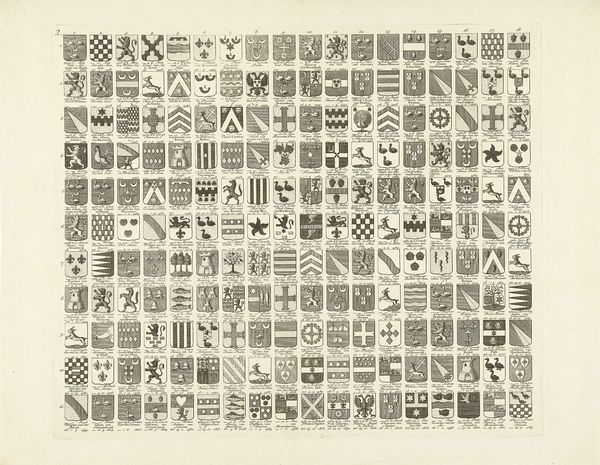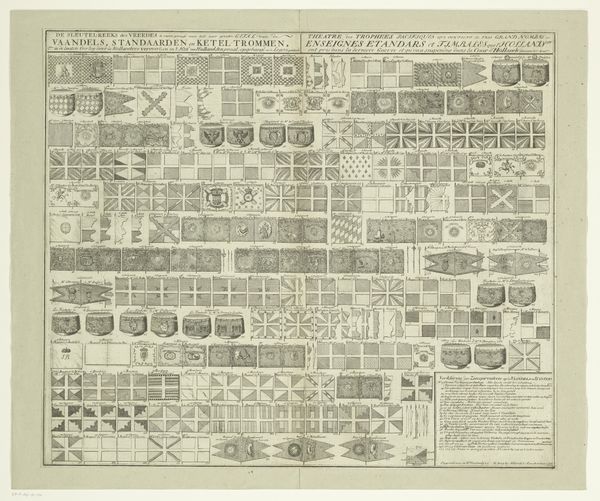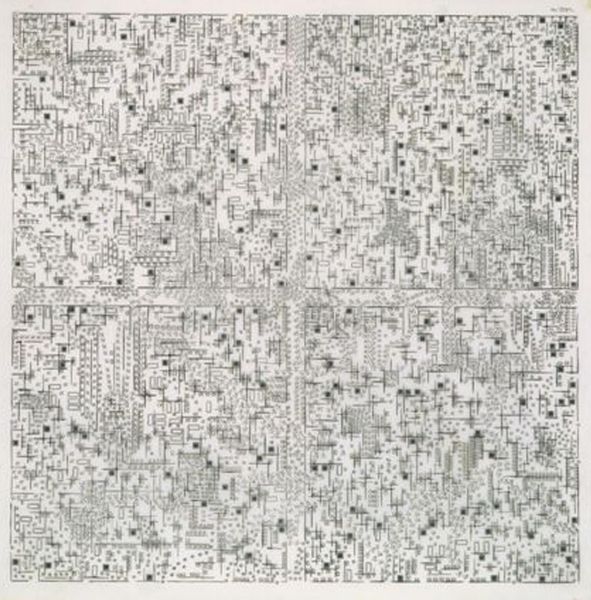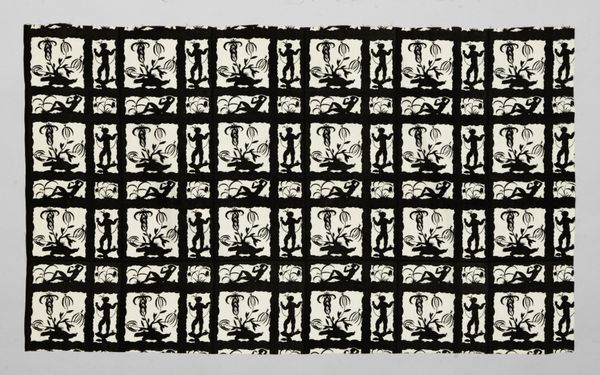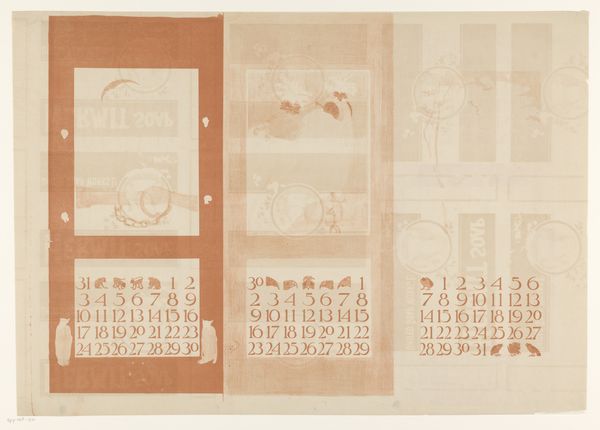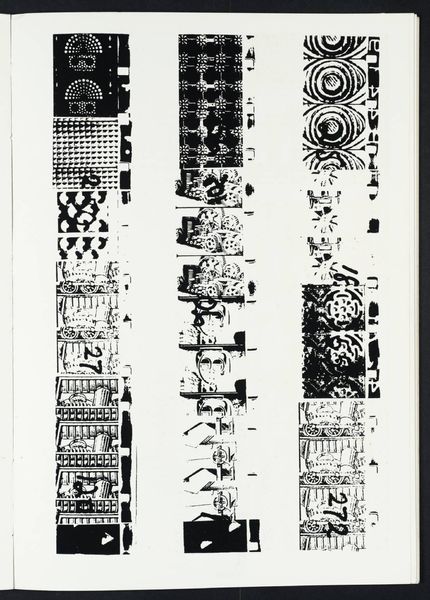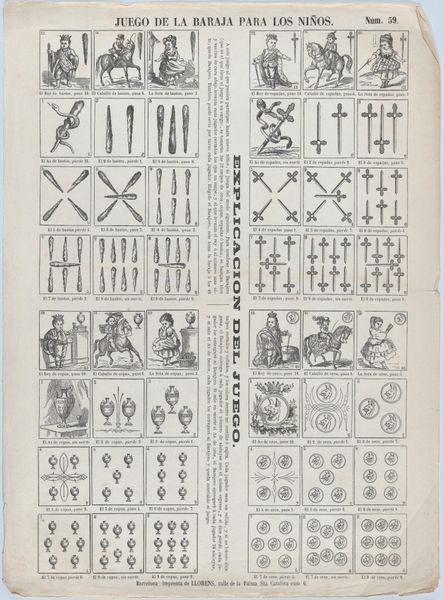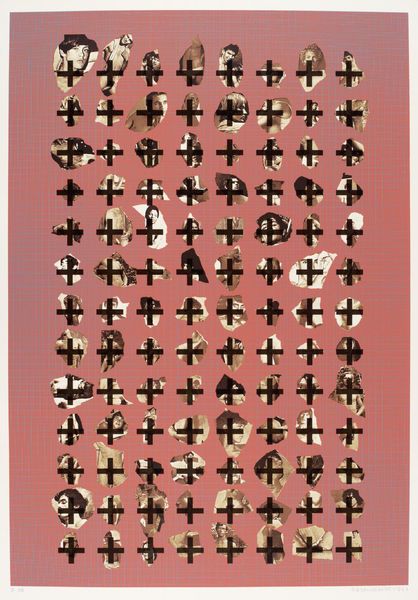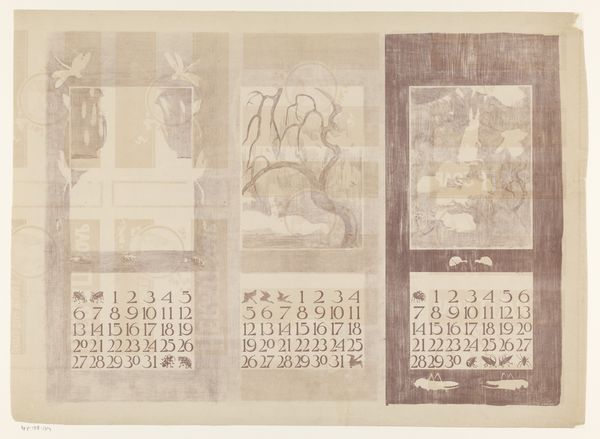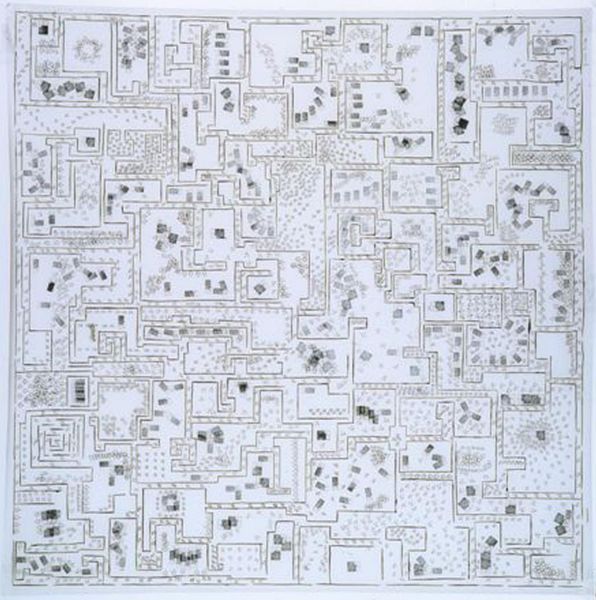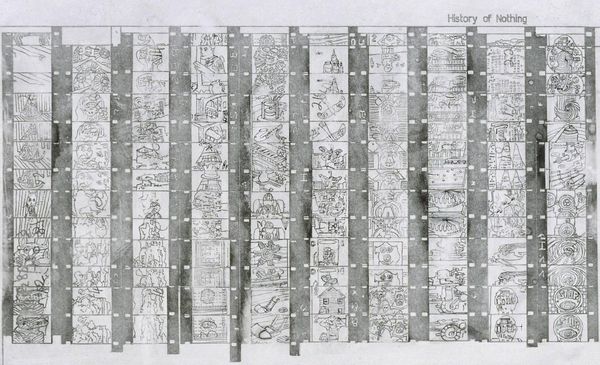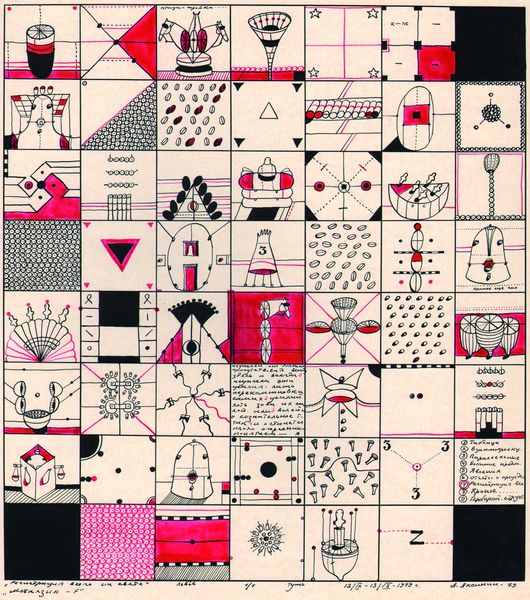
Wapenkaart met de wapens en namen van de Heren Veertigen van Delft, 3 1738
0:00
0:00
hendrikdeleth
Rijksmuseum
graphic-art, print, engraving
#
portrait
#
graphic-art
#
type repetition
#
aged paper
#
baroque
#
ink paper printed
# print
#
old engraving style
#
hand drawn type
#
personal sketchbook
#
hand-drawn typeface
#
geometric
#
ink colored
#
line
#
sketchbook drawing
#
history-painting
#
sketchbook art
#
engraving
#
realism
Dimensions: height 352 mm, width 428 mm
Copyright: Rijks Museum: Open Domain
Curator: This print, created in 1738 by Hendrik de Leth, is titled "Wapenkaart met de wapens en namen van de Heren Veertigen van Delft, 3". It's a fascinating cartographic collection of coats of arms. Editor: My initial impression is of organized chaos! It's a grid, but filled with so much individual detail that the overall effect is wonderfully busy and textured. I am also impressed by the sheer labor of drafting. Curator: Absolutely. Each of these coats of arms represents one of the forty regents—the “Heren Veertigen”—of Delft. These symbols functioned much like surnames, identifying not just an individual, but also a lineage, a heritage of power. The visual language of heraldry is, itself, a potent carrier of cultural memory. Editor: You know, looking at it from a formal perspective, it’s incredible how the artist manages to create unity out of so much diversity. The limited tonal range and the consistency of line weight provide an essential structure. Curator: That consistency speaks to the stability of the ruling class at the time, don’t you think? Despite internal power struggles and occasional upsets, this image projects an aura of permanence and control—a pictorial declaration of their legitimacy. Editor: I'm struck by the detail. It encourages me to isolate and examine each section individually, each a composition in its own right. It’s also worth noting the material reality of the print. The slight yellowing of the paper, the visible texture—it all speaks to the passage of time, imbuing the work with a palpable history. Curator: That yellowing is interesting. Paper acts as a visual signifier, reflecting cultural shifts through aging and fragility. Time adds layers to the story! Editor: Ultimately, the beauty of this image, for me, lies in its capacity to simultaneously represent order and individual expression, held in meticulous balance. Curator: I completely agree. This cartographic inventory of identity reveals a fascinating insight into the collective memory and authority of Delft’s elite. It allows us to delve into the narrative power imbued into these symbols.
Comments
No comments
Be the first to comment and join the conversation on the ultimate creative platform.
